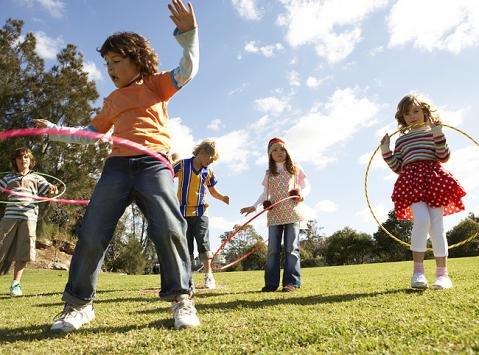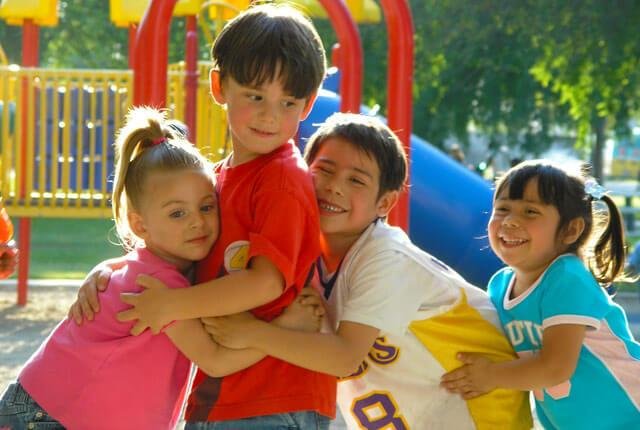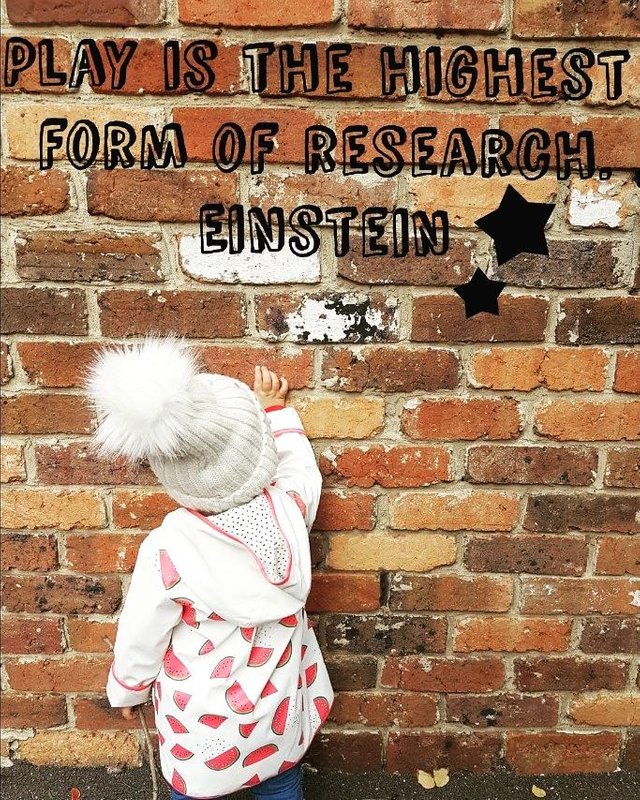Games and toys to learn while playing
The game is fundamental for the cognitive development of children and is the best way to relate to their environment. Playing not only have fun, but also the latest studies indicate that the children who play the most are those who then manage to learn more and better when they are introduced to the regulated educational system.
It is easy to get children to learn by playing when the game is guided. This type of game allows the adult to direct the dynamics towards the concepts that they want to teach. At other times, it is better for the child to feel free to develop his game without taking external guidelines into account.
The game helps children acquire many skills that can help them when they start compulsory education, such as paying attention, being constant and controlling their emotions.
Neuroscientists already know that a child younger than seven or eight years old is better able to learn with exploration than for a didactic explanation. Therefore, by allowing them to play and explore their environment, we are helping them learn more than by forcing them to listen to a lesson sitting.
Games have many advantages, such as motivating children to continue exploring or allowing the child to lose without having major consequences in their lives. Through playful activities a child can understand roles that he will then use in real life, such as when he plays at stores or at the professions.
The construction, facilitate the gross mobility, the balance and improve the spatial vision of the students. In a kindergarten, the use of buildings has hundreds of didactic applications, from the learning of colors, to mathematics and even symbolic play.
The dolls, with them, children can learn the parts of the human body and can interpret scenes that have happened with their parents or that are daily.
Obstacles, simple obstacle courses allow children to learn to move, to wait their turn, develop their spatial vision and improve their psychomotricity by having to dodge the elements that constitute the circuit.
In this activity you can use hoops, pikes, plastic bricks or ropes that will challenge the children to draw them, either in competition with the rest of the students or struggling to do so in the shortest possible time. Also, while placing the obstacles, you can review the colors and names of each of the elements.
- Puzzles, are another of the classics of didactic games. With them children learn fine motor skills and improve their attention, while exercising patience. They can assemble them in a cooperative way, with which they would learn to work in teams and also have to pay attention to the details to match the adjacent pieces.

source
A key factor when choosing a toy is the age of the child to whom it is intended. Remember that not only the age of the child, but its stage of development should be taken into account. In this sense, it is important to keep in mind that buying a toy older than the child can create disinterest and even some disappointment because they do not know what to do with the gift.
Toys from 0 to 6 months: those that stimulate their senses, like mobiles that hang from their cradle, colorful toys contrasted with lights and movements, soft and soft dolls.
Toys from 6 to 9 months: toys with activity centers and stackable modules should be chosen.
Toys from 9 to 12 months: toys that allow them to introduce small pieces in larger containers and discover and explore surprises that hide pushing buttons, opening and closing doors, turning keys.
Toys from 12 to 24 months: trawls, laces, toys that reproduce real objects, such as telephones, trucks, dolls or that make sounds or call attention to their size.
Toys from 2 to 3 years: tricycles, constructions or simple lace like all those toys that help the child to represent imaginary situations and characters.
Toys from 3 to 5 years old: games that require a dose of concentration like games to fit pieces, assembly or simple board games.
Toys from 6 to 11 years: for the youngest, toys that increase their curiosity, experiments, microscopes, and allow them to start reading, writing and performing simple mathematical operations.
Toys from 8-9 years old: toys to enjoy in the open air group, which promote a more complex manual work, or audiovisual and electronic toys.

source
From the age of 7, the game has to develop its conduct of socialization and has to constitute the basis on which the beginning of the friendship relationship will be based. Therefore, gradually, recreational activities should become increasingly social and with friends.
In addition, starting at this age, the stage begins in which games have rules that players must abide by and comply with. The psychological structure of the child already allows the understanding and assimilation of them, and the learning is sufficiently consolidated for it to be established in the small players, an incipient ethical conscience that indicates that the non-compliance with the rules that govern each game puts them in the situation of cheats, thereby arousing rejection by the group.
The objective is that, through the game, one gradually learns to accept the other with its peculiarities, to respect the authority of the referees and leaders, to experience the frustration of losing, to adequately treat the playmates and to assimilate both the adversity as luck, improving self-control.

Thank you for the information. Lovely post
Thank
Great article very well done i like how you suggest different kinds of games and why and at the end the best toys age related.
I hope you enjoy the different strategies. regards
You have been upvoted by the @sndbox-alpha! Our curation team is currently formed by @jeffbernst, @bitrocker2020, @jrswab & @teachblogger . We are seeking posts of the highest quality and we deem your endeavour as one of them. If you want to get to know more, feel free to check our blog.
Thanks for your support.
The best way for children to learn is by playing, especially because their attention span is very short and this is a way of attracting them, while children play without knowing it. Good post greetings!
Thanks honey. regards